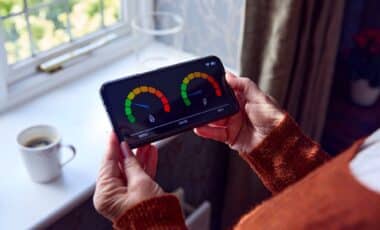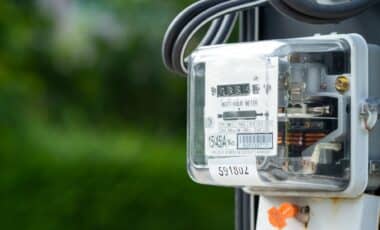A majority of healthcare professionals in the UK report seeing patients who are unable to afford their energy bills, according to a new survey. Doctors warn that cold and damp homes are driving an “entirely preventable” public health crisis, with vulnerable individuals suffering from respiratory illnesses exacerbated by poor housing conditions.
Cold, Damp Homes Linked to Rising Hospital Admissions
A survey by health campaign group MedAct found that 70% of healthcare workers have encountered patients struggling to pay their energy bills. Of these, 30% reported witnessing this issue weekly, while 10% saw it daily.
According to the findings, inadequate heating is contributing to worsening respiratory conditions, particularly among children and vulnerable adults.
The issue extends beyond immediate discomfort. According to the survey, 68% of health workers believe high energy costs are leading to avoidable hospital admissions. A further 45% admitted to discharging patients while knowing that their housing conditions would likely make them ill again.
Respiratory specialists are among the most affected. Dr LJ Smith, a consultant in London, stated that treating patients with entirely preventable lung conditions has become routine.
“Every single day I treat patients whose lung conditions are entirely preventable, but they tell me their homes are cold, mouldy and damp, and they just cannot afford to keep the heating on.” Dr Smith said.
Similarly, Dr Amaran, a paediatrician in Sheffield, highlighted concerns about sending children home with medication, knowing they are likely to fall ill again due to poor living conditions.
Energy Prices and Housing Conditions Deepen Crisis
The English Housing Survey revealed that in 2022-23, 3.5 million households in England failed to meet the Decent Homes Standard, with one million living in properties impacted by damp.
Private renters were disproportionately affected, with 441,000 homes experiencing damp conditions. BBC analysis of NHS data further indicated that over 26,000 babies and toddlers were hospitalised last year with lung conditions likely linked to mould exposure.
Meanwhile, energy prices continue to rise. From April, a new energy price cap of £1,849 will come into effect, marking the third consecutive increase.
Jonathan Brearley, chief executive of Ofgem, attributed the rising costs to the UK’s reliance on international gas markets. Energy debts, which began accumulating during the 2021 energy crisis, have now reached record levels, with concerns that they will continue to rise without intervention.
Campaigners argue that better insulation and renewable energy investment could help lower costs. Caroline Simpson from Warm This Winter, the group behind the survey, stressed the need for government action to reduce household energy costs.
“Only by doing that will we free bill-payers from the high cost of energy so they can get the homes they deserve,” she said. The government has outlined its Warm Homes Plan, which aims to upgrade up to 300,000 homes this year and lift half a million households out of fuel poverty by 2030.
A spokesperson for the Department of Energy Security said: “Everyone deserves to live in a warm, comfortable home. We have set out proposals to help almost three million more households, including almost one million with children, with support to pay their energy bills next winter.”
However, healthcare professionals warn that unless action is taken urgently, preventable illnesses will continue to place an unnecessary strain on both individuals and the NHS.









